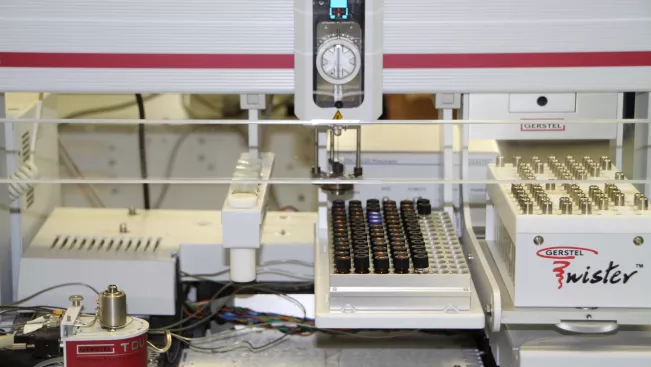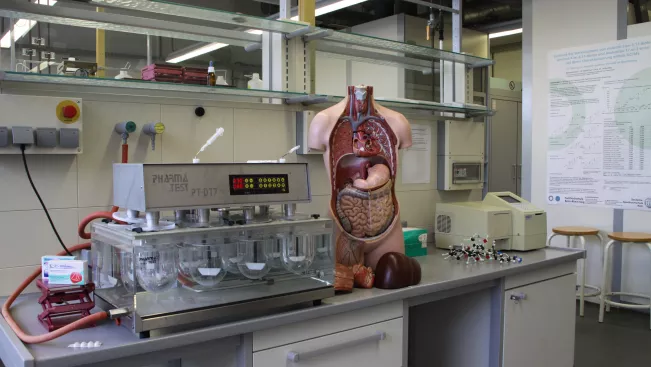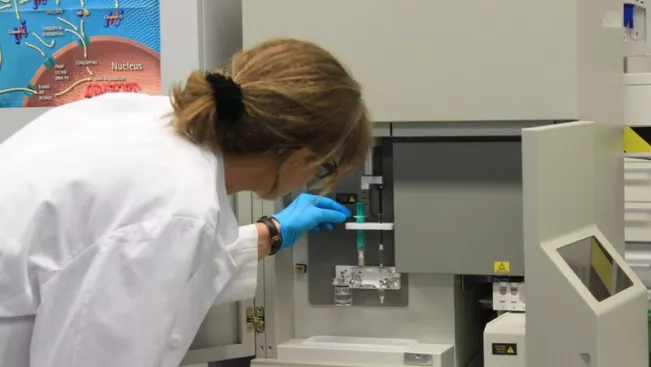Department of Natural Sciences
Laboratory equipment
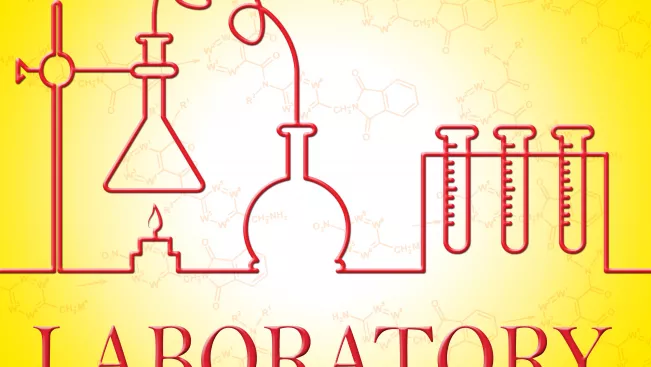
Laboratories for chemistry
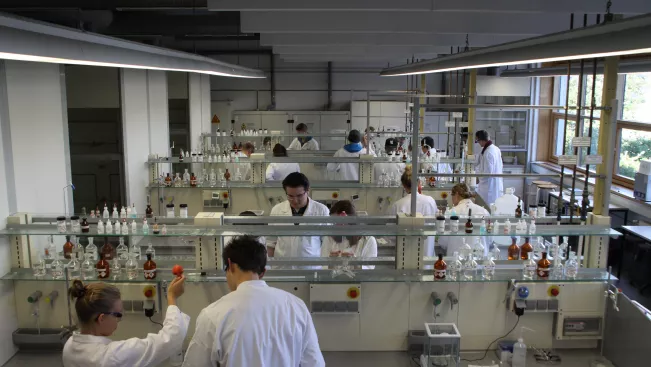
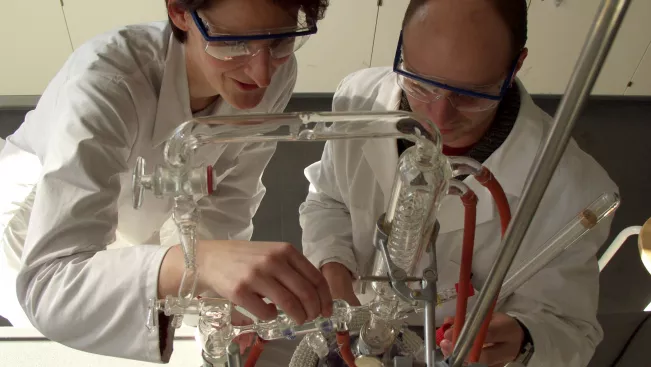
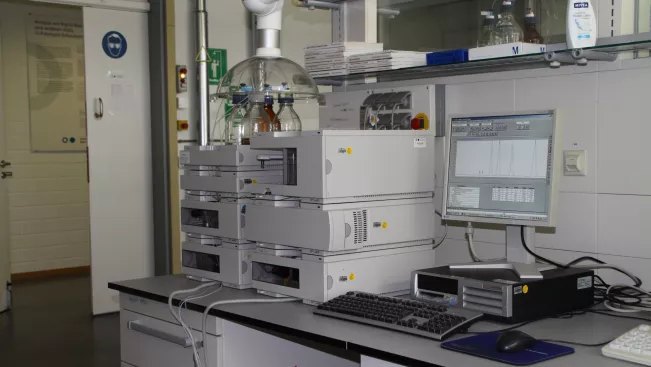
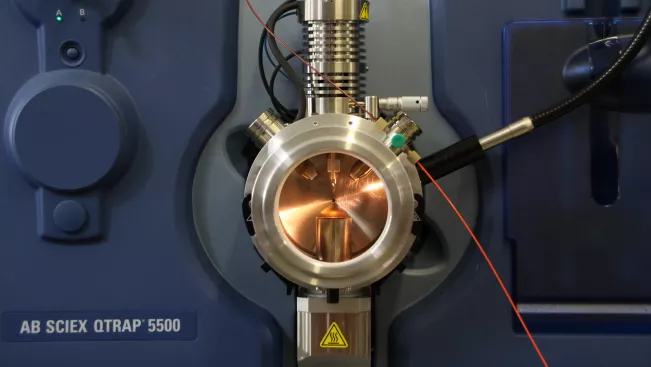

You will find wet chemistry basic laboratories as well as physicochemical and instrumental analytical laboratories.
The studies are practice-oriented because of a great portion of laboratory work to learn the technical skills and because of being integrated in the local and national research community with numerous projects being funded by the EU, the state and the industry.
Here an examplary range of our equipment:
- wet-chemistry basic labs: inorganic, organic and analytical chemistry labs
- instrumental-analytic lab: chromatography (e.g. GC, HPLC, TLC, GC-MS, GPC, IC), polarography, spektroscopy (e.g. AAS, XFA, UV_VIS, IR) etc.
- technical center: rectification, extraction etc.
- physicochemical lab: installations for kinetic mearurements, for kaloric measurement etc.
Laboratories for materials science
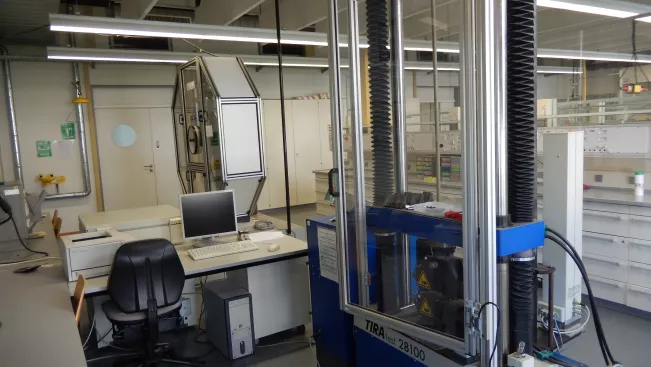
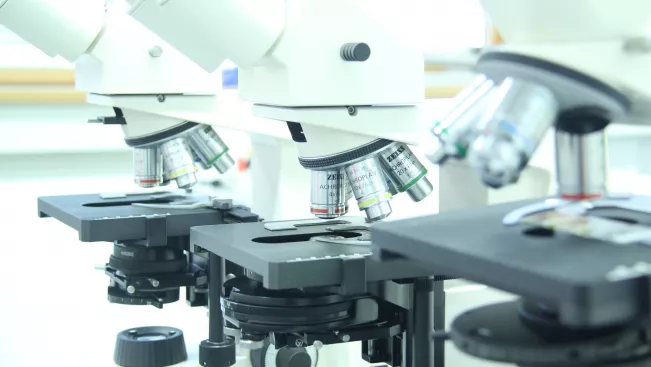
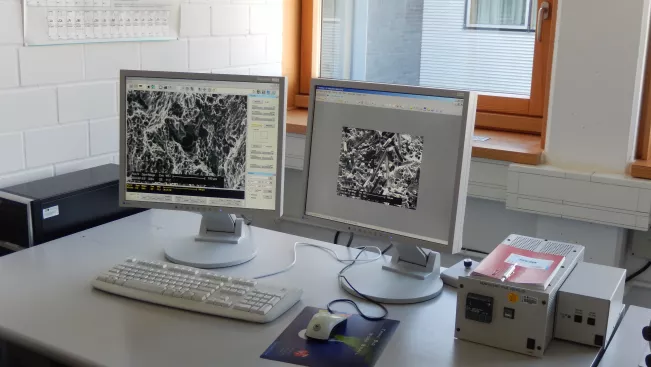
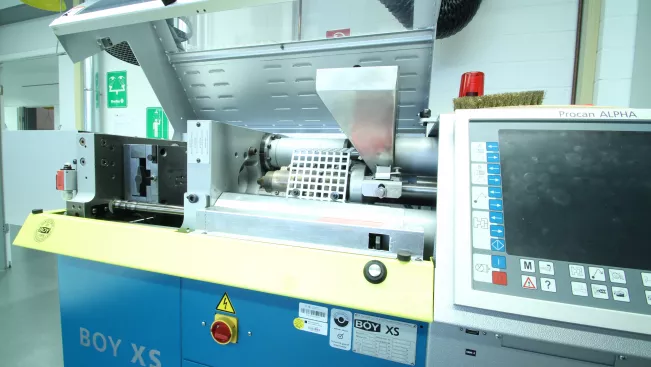
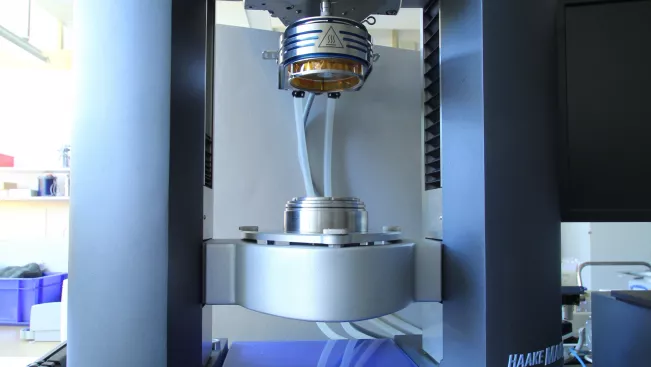
The laboratories for material science are equipped with state-of-the-art devices which are used both for education and research.
You find: mechanical-technological testing devices (universal testing machines, Pendulum impact testing machines), Scanning Electron Microscope, spark spectrometer, comparison microscope, transmitted as well as incident light microscopes, ultrasonic testing, devices for thermal analysis of synthetics (DSC, DMA), rheometer, microtome, injection molding machine, lab-extruder, hardness testers (micro- and small load; Rockwell and Shore).
Laboratories for biology
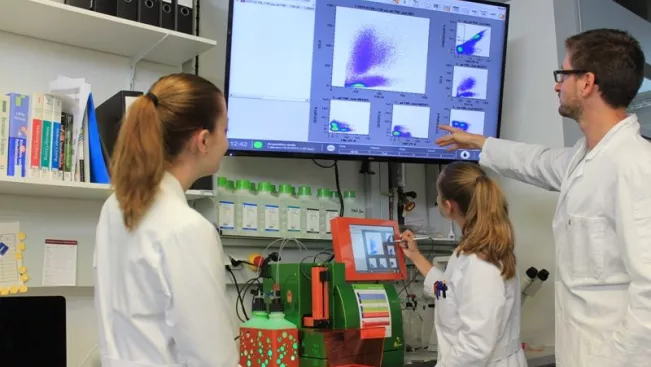
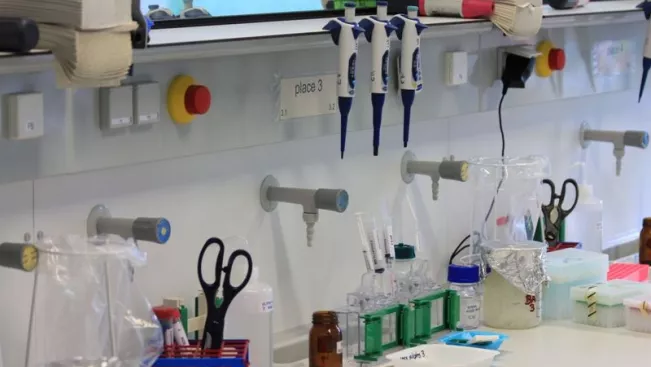
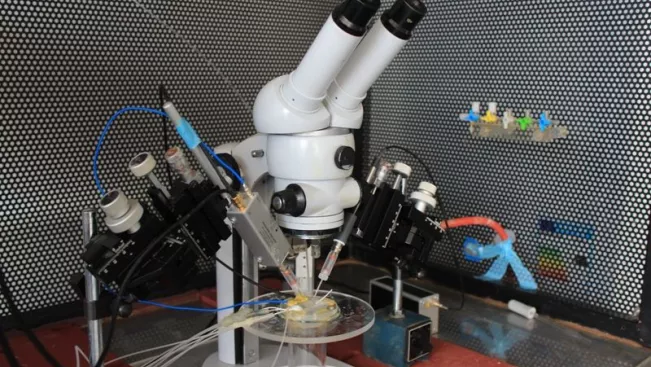
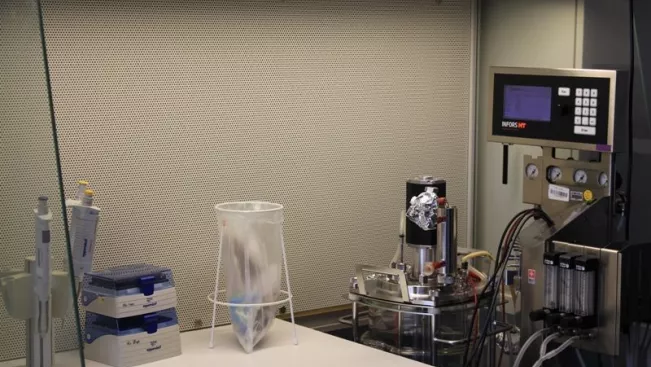

In our biology laboratories several modern devices are applied for teaching and research.
- In molecular biology laboratories PCR thermocycler, real-time PCR devices, electrophoresis instruments, a capillary genetic analyzer and UV/white light transilluminators are used.
- Biochemical processes are analyzed with fluorescence and luminescence based plate reader, UV/VIS spectrophotometer, high-performance liquid chromatography (HPLC) or isoelectric focusing (IEF).
- Cellular analysis is carried out using flow cytometry (FACS), especially the MACS Quant®Analyzer.
- In histology we use refrigerated and paraffin microtomes as well as several transmitted- and incident- light, fluorescence- and confocal microscopes.
- Furthermore, fermenters, laminar flow/sterile workbenches as well as electrophysiological methods like patch clamp are applied offering a wide range of biological techniques at the H-BRS.
Laboratories for forensic sciences

